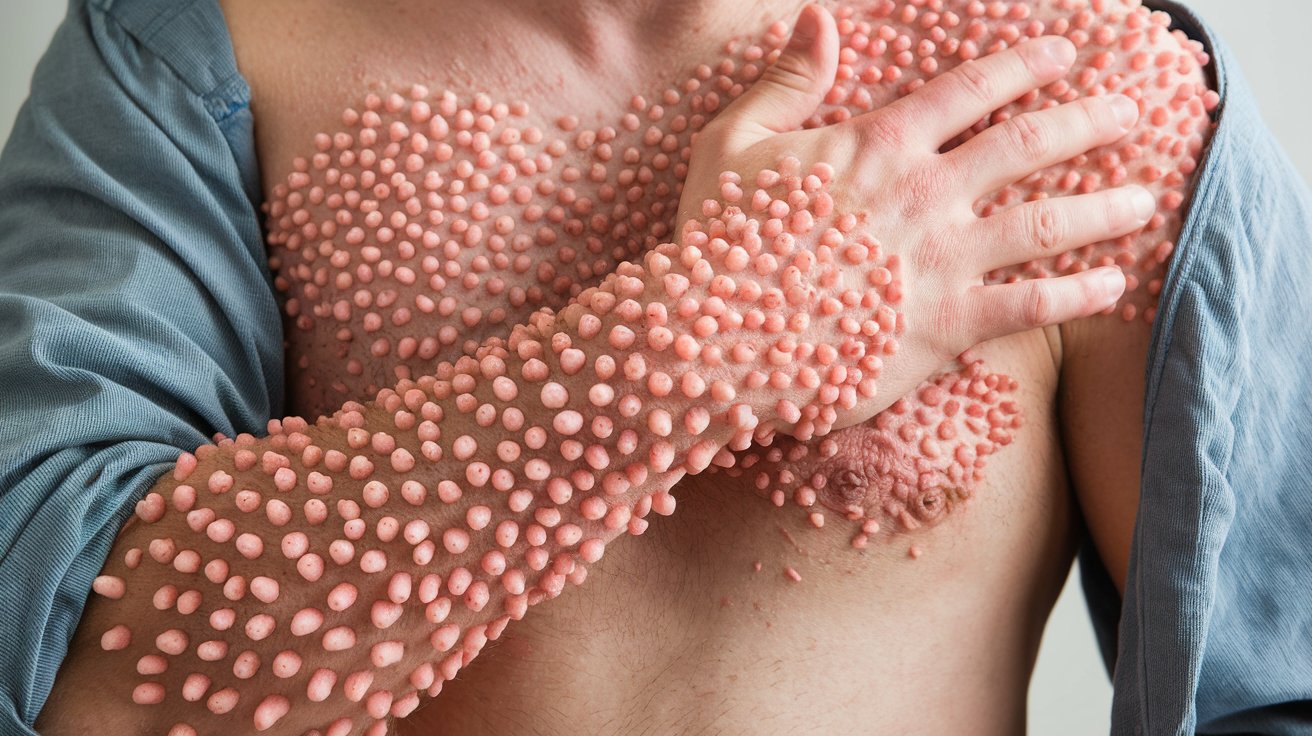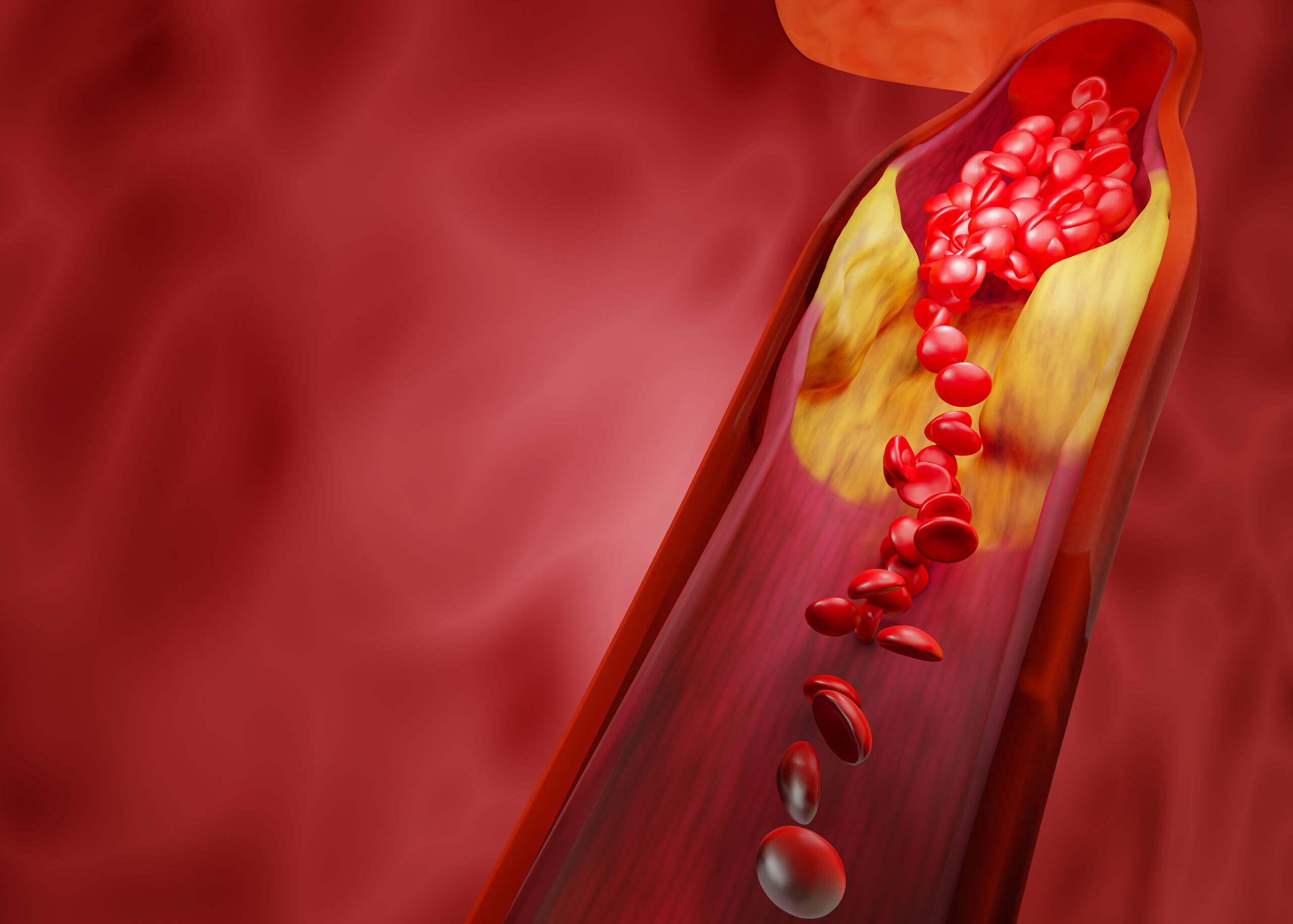
Peho Syndrome is a rare genetic disorder that affects the nervous system, causing severe developmental delays and other health issues. Named after the Finnish acronym for Progressive Encephalopathy with Edema, Hypsarrhythmia, and Optic Atrophy, this condition is often diagnosed in infancy. Symptoms include muscle stiffness, seizures, and vision problems. Caused by mutations in the ZNHIT3 gene, Peho Syndrome is inherited in an autosomal recessive manner, meaning both parents must carry the defective gene. Treatment focuses on managing symptoms, as there is no cure. Understanding Peho Syndrome can help families and healthcare providers offer better care and support for affected children.
Key Takeaways:
- PEHO Syndrome is a rare genetic disorder affecting the nervous system, causing developmental delays, seizures, and vision problems. Research and support are crucial for managing symptoms and improving quality of life.
- Families and caregivers of children with PEHO Syndrome face unique challenges, but support groups, early intervention programs, assistive devices, and educational accommodations can provide valuable resources and help improve the quality of life for affected individuals.
What is PEHO Syndrome?
PEHO syndrome, short for Progressive Encephalopathy with Edema, Hypsarrhythmia, and Optic Atrophy, is a rare genetic disorder. It primarily affects the nervous system and causes severe developmental delays. Here are some intriguing facts about this condition.
-
PEHO syndrome was first described in 1991 by Finnish researchers. They identified it in a group of children with similar symptoms.
-
The syndrome is extremely rare, with fewer than 100 cases reported worldwide. This rarity makes it challenging to study and understand fully.
-
PEHO syndrome is inherited in an autosomal recessive manner. Both parents must carry one copy of the mutated gene for a child to be affected.
-
Symptoms usually appear in infancy, often within the first few months of life. Early signs include poor muscle tone and developmental delays.
Symptoms and Diagnosis
Understanding the symptoms and how PEHO syndrome is diagnosed can help in early detection and management.
-
Edema, or swelling, is a hallmark symptom. It typically affects the face and limbs, giving a distinctive appearance.
-
Hypsarrhythmia is another key feature. This abnormal brain wave pattern is often seen in infants with severe epilepsy.
-
Optic atrophy leads to vision problems. The optic nerves deteriorate, causing progressive vision loss.
-
Developmental delays are common. Children with PEHO syndrome often have significant delays in reaching milestones like sitting, walking, and talking.
-
Seizures are frequent and difficult to control. These can start in infancy and persist throughout life.
-
Magnetic Resonance Imaging (MRI) is crucial for diagnosis. It helps identify brain abnormalities associated with the syndrome.
Genetic and Molecular Insights
The genetic basis of PEHO syndrome provides clues about its underlying mechanisms.
-
Mutations in the ZNHIT3 gene are linked to PEHO syndrome. This gene plays a role in cellular processes, though its exact function is not fully understood.
-
Genetic testing can confirm a diagnosis. Identifying mutations in the ZNHIT3 gene helps differentiate PEHO syndrome from other similar conditions.
-
Carrier testing is available for families. This can help parents understand their risk of having another child with PEHO syndrome.
-
Research is ongoing to identify other genetic factors. Scientists are exploring additional genes that may contribute to the syndrome.
Treatment and Management
While there is no cure for PEHO syndrome, various treatments can help manage symptoms and improve quality of life.
-
Antiepileptic drugs are used to control seizures. Finding the right medication can be challenging due to the severity of the seizures.
-
Physical therapy can aid in mobility. Regular sessions help improve muscle tone and coordination.
-
Occupational therapy supports daily living skills. Therapists work with children to develop skills for independence.
-
Vision therapy may benefit those with optic atrophy. Techniques and tools can help maximize remaining vision.
-
Nutritional support is often necessary. Some children may require feeding tubes to ensure adequate nutrition.
-
Regular follow-ups with specialists are essential. Neurologists, ophthalmologists, and geneticists play key roles in managing the condition.
Living with PEHO Syndrome
Families and caregivers face unique challenges when caring for a child with PEHO syndrome.
-
Support groups provide valuable resources. Connecting with other families can offer emotional support and practical advice.
-
Early intervention programs are beneficial. These programs offer therapies and services to support development from a young age.
-
Assistive devices can enhance mobility and communication. Wheelchairs, communication boards, and other tools can improve quality of life.
-
Educational accommodations are often needed. Individualized education plans (IEPs) help address the specific needs of children with PEHO syndrome.
-
Respite care offers temporary relief for caregivers. This service allows families to take breaks while ensuring their child receives proper care.
-
Palliative care focuses on comfort and quality of life. It addresses physical, emotional, and social needs.
Research and Future Directions
Ongoing research aims to improve understanding and treatment of PEHO syndrome.
-
Clinical trials are exploring new treatments. Researchers are testing medications and therapies to manage symptoms more effectively.
-
Genetic research is uncovering new insights. Studies on the ZNHIT3 gene and related pathways may lead to targeted therapies.
-
Patient registries collect valuable data. These databases help track the natural history of the syndrome and identify trends.
-
Advocacy organizations raise awareness and funds. They support research efforts and provide resources for affected families.
Final Thoughts on Peho Syndrome
Peho Syndrome, though rare, has significant impacts on those affected. Understanding Peho Syndrome helps in recognizing its symptoms early, which can lead to better management. Early diagnosis is crucial for providing appropriate care and support. Families dealing with Peho Syndrome face unique challenges, but awareness and knowledge can make a difference. Research continues to uncover more about this condition, offering hope for improved treatments. Sharing information about Peho Syndrome can foster a supportive community, helping those affected feel less isolated. By spreading awareness, we contribute to a better understanding of this rare condition. Remember, every bit of knowledge helps in making a positive impact. Stay informed, stay supportive, and let's work together to support those living with Peho Syndrome.
Frequently Asked Questions
Was this page helpful?
Our commitment to delivering trustworthy and engaging content is at the heart of what we do. Each fact on our site is contributed by real users like you, bringing a wealth of diverse insights and information. To ensure the highest standards of accuracy and reliability, our dedicated editors meticulously review each submission. This process guarantees that the facts we share are not only fascinating but also credible. Trust in our commitment to quality and authenticity as you explore and learn with us.


